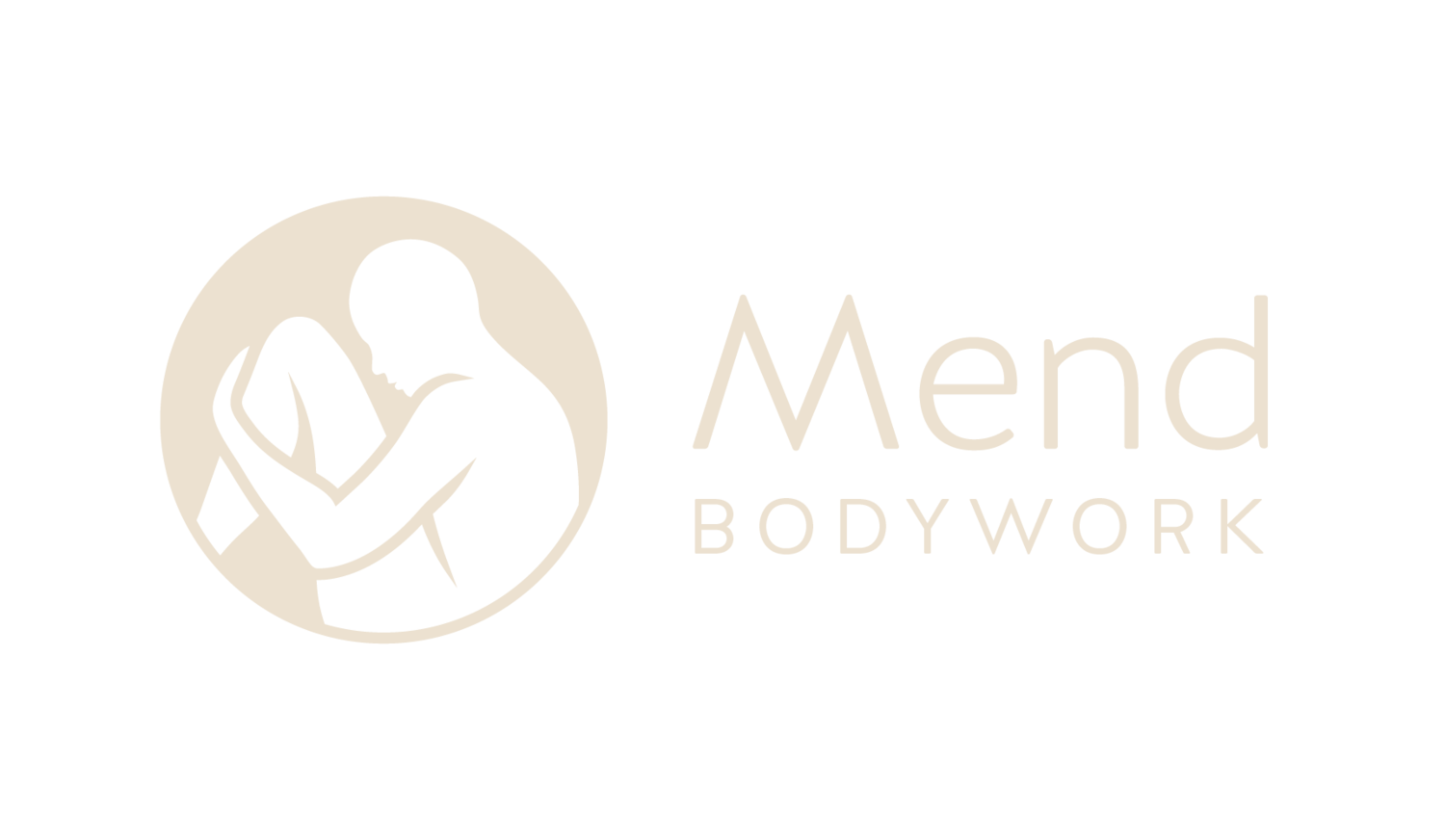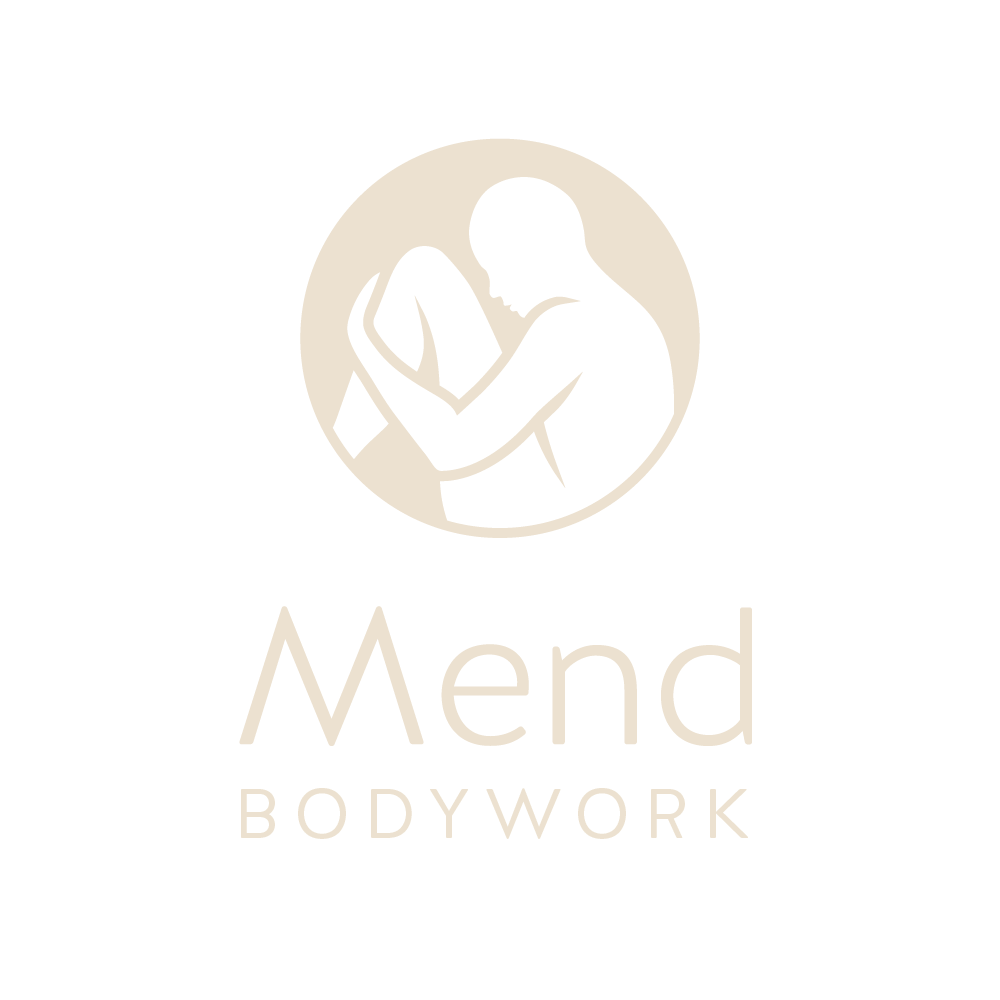Are My Hips Causing Low Back Pain?
Hey there, Abby here! I’m a licensed massage therapist who is certified in corrective exercise. If you’ve ever had low back pain sneak up on you and you had NO IDEA where it came from, keep reading. Through a corrective exercise perspective, the problem is seldom where the pain is and I’m about to tell you why. In this blog you will learn about how muscular imbalances may affect low back pain and what to do about it.
The pain isn’t where you think
In my practice, I often see people who come in because they are doing all the right stretches and self care and still don’t know why their muscles are so tense. My first question as a corrective exercise specialist is this - Did this tension arise due to a muscle imbalance?
Tension can arise for so many different reasons, but here’s my perspective. Most people do the same repetitive movements every day without realizing it. Think “tech neck” from being at a computer all day or having tight calves from standing for long periods of time. As our bodies repetitively move and sit in these positions, it is sending signals to our nervous system to respond.
The muscles that get used a lot will eventually chronically engage. This explains that muscle that ALWAYS has a knot or doesn’t relax no matter what you do. If your body is forced into a position where it’s doing more work than it was intended to, it’s going to hurt.
On the inverse, the muscles that aren’t getting enough engagement will eventually quit working properly. If you don’t use it, you lose it!
The muscles involved in low back pain
Before I begin, please take this with a grain of salt, as everyone has unique imbalances and this may or may not be what you are experiencing.
Whenever I suspect a client has dysfunction in their low back, I always look to these five muscles. This is not an extensive list, but rather, what I’ve noticed in my research and massage practice.
Quadratus Lumborum (QL) - The quadratus lumborum muscle (often abbreviated as QL) plays a significant role in supporting the lower back and the entire lumbar region of the spine. When the QL muscle is tight, strained, or imbalanced, it can have various effects on the low back, potentially causing discomfort or pain.
Iliopsoas - The iliopsoas, a group of two muscles (the psoas major and iliacus) located in the front of your hips, can significantly affect your low back. These muscles play a crucial role in hip flexion and have a direct impact on the alignment and function of the lower back.
Gluteus medius - The primary function of the gluteus medius is to stabilize the hip joint, especially during movements such as walking, running, and standing on one leg. When this muscle is weak or imbalanced, it may not effectively support your hips and pelvis during weight-bearing activities.
Tensor Fascia Latae - The tensor fasciae latae (TFL) is a muscle located on the side of your hip and thigh. While it's not a direct cause of low back issues, the TFL can indirectly affect the low back through its impact on hip and pelvic alignment.
Hamstrings - Tight hamstrings can pull the pelvis downward and backward, causing a posterior pelvic tilt. This alters the natural curve of the lumbar spine and can lead to excessive arching (lordosis), putting increased pressure on the lower back. This change in pelvic positioning can lead to discomfort and pain in the lower back.
So what do I do?
It is important that you are regularly stretching and strengthening the correct muscles for your particular imbalance. Fun fact, most people have one muscular imbalance or another so everyone can benefit from it! The body really doesn’t need that much change in order to improve. I give my clients 1-2 exercises they can add to their routines for 30 seconds a day. That’s right, you could feel better and more balanced with just 30 seconds of dedicated time per day.
If you are unsure of what your imbalances are, book a session with me. I will take you through a series of muscle tests where I will identify your most tense and most unengaged areas. From here I will give you specific stretches and exercises to target that imbalance. Mobility doesn’t have to be expensive or time consuming!
In Conclusion
Taking a corrective approach to the low back may or may not be just what you need. We hope this helps you improve your wellness. As always, we at Mend are here for you if you have any questions. Consider us your muscular fairy godmothers from here on out. Happy healing friends!

